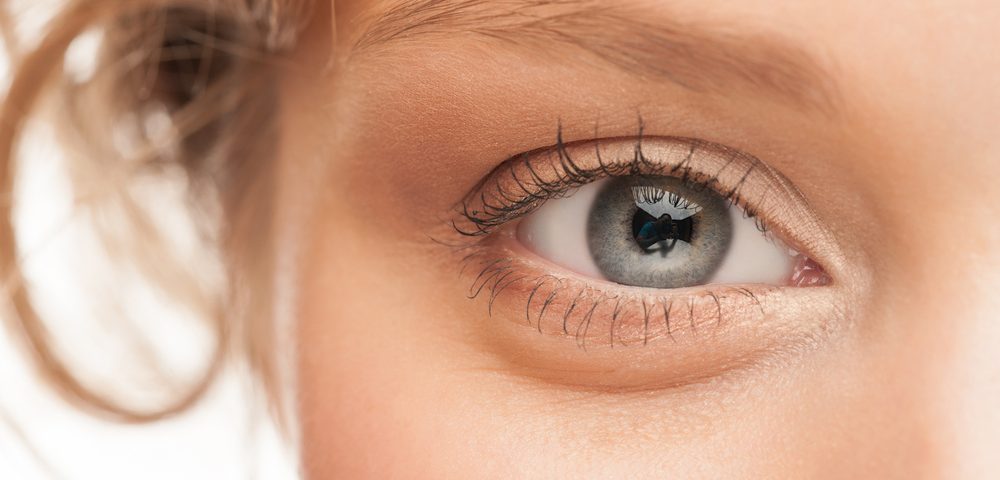An ointment containing epidermal growth factor (EGF) — a small protein that stimulates the growth of cells making up the surface of different tissues — can promote tissue healing, improve visual acuity, and ease symptoms in patients with persistent epithelial defects of the cornea (PEDs), a study has found.
The study, “Effect of epidermal growth factor ointment on persistent epithelial defects of the cornea,” was published in the journal BMC Ophthalmology.
PEDs is a medical condition in which the surface of the cornea — the transparent protective outer layer of the eye that works like a window to control and focus the entry of light — becomes damaged and loses its regenerative abilities.
These defects can be caused by physical trauma, or by eye diseases that include neurotrophic keratitis, infectious keratitis, and dry eye. If not managed properly, PEDs can lead to a series of complications, including secondary infections, scarring, and perforation, which can compromise patients’ eyesight.
Conventional non-invasive therapies for PEDs include serum-based treatments that contain multiple substances that promote tissue healing.
EGF is a small protein found in serum that is known to promote the proliferation, migration, and differentiation of different types of cells during wound healing. Medications based on EGF are already being used in other fields of Medicine to promote tissue regeneration, including in plastic surgery or orthopedics.
“EGF may, therefore, benefit patients with PEDs recalcitrant [who fail to respond] to conventional treatment,” the researchers wrote.
To investigate the potential benefits of an EGF-based ointment in these people, they analyzed the clinical outcomes of 15 patients in South Korea who were treated with an EGF-based ointment off-label.
The ointment, sold under the brand name Easyef by Daewoong Pharmaceutical, was applied twice a day, and used in combination with conventional eye lubricants and anti-inflammatory medications when needed.
Researchers evaluated corneal tissue healing by measuring the size of defective regions in the patients’ eyes at the beginning of the study, and again at one and two months after starting treatment.
The best-corrected visual acuity (BCVA) and the visual analog scale (VAS) score were both assessed at the same time points to evaluate changes in visual acuity.
All 15 people included in the study — nine men and six women, with a mean age of 65.9 years — had PEDs in one eye.
In most cases (33.3%), these defects were due to herpetic keratitis, followed by dry eye disease (20.0%), bacterial keratitis (20.0%), limbal stem cell deficiency (13.3%), diabetic neurotrophic keratitis (6.7%), and filamentary keratitis (6.7%).
Corneal tissue defects were fully healed in 11 (73.3%) patients, within an average period of 5.5 weeks. One (6.7%) patient experienced an improvement, with his lesions decreasing in size following treatment.
“The [12] patients, who did not respond to conventional treatment for a long period of time, 183.5 days, showed the regression of PEDs within 1 month” of treatment, the researchers wrote.
After two months of treatment, the size of corneal tissue defects decreased from 5.7 mm2 to 0.1 mm2 in the 12 (80%) patients who experienced improvements or were fully healed during the study.
Significant improvements in BCVA and VAS scores were also observed in these 12 people over the course of two months of treatment.
The three (20.0%) patients who failed to respond to treatment underwent amniotic membrane transplantation — a procedure in which a portion of the amniotic membrane (the innermost layer of the placenta) is grafted into the eye — to control their symptoms.
“EGF ointment promoted corneal epithelial healing, improved visual acuity, and mitigated ocular symptoms in patients with PEDs refractory to conventional therapy,” the researchers wrote.
“These findings indicate that EGF ointment is potentially beneficial in the management of refractory PEDs,” they concluded.

